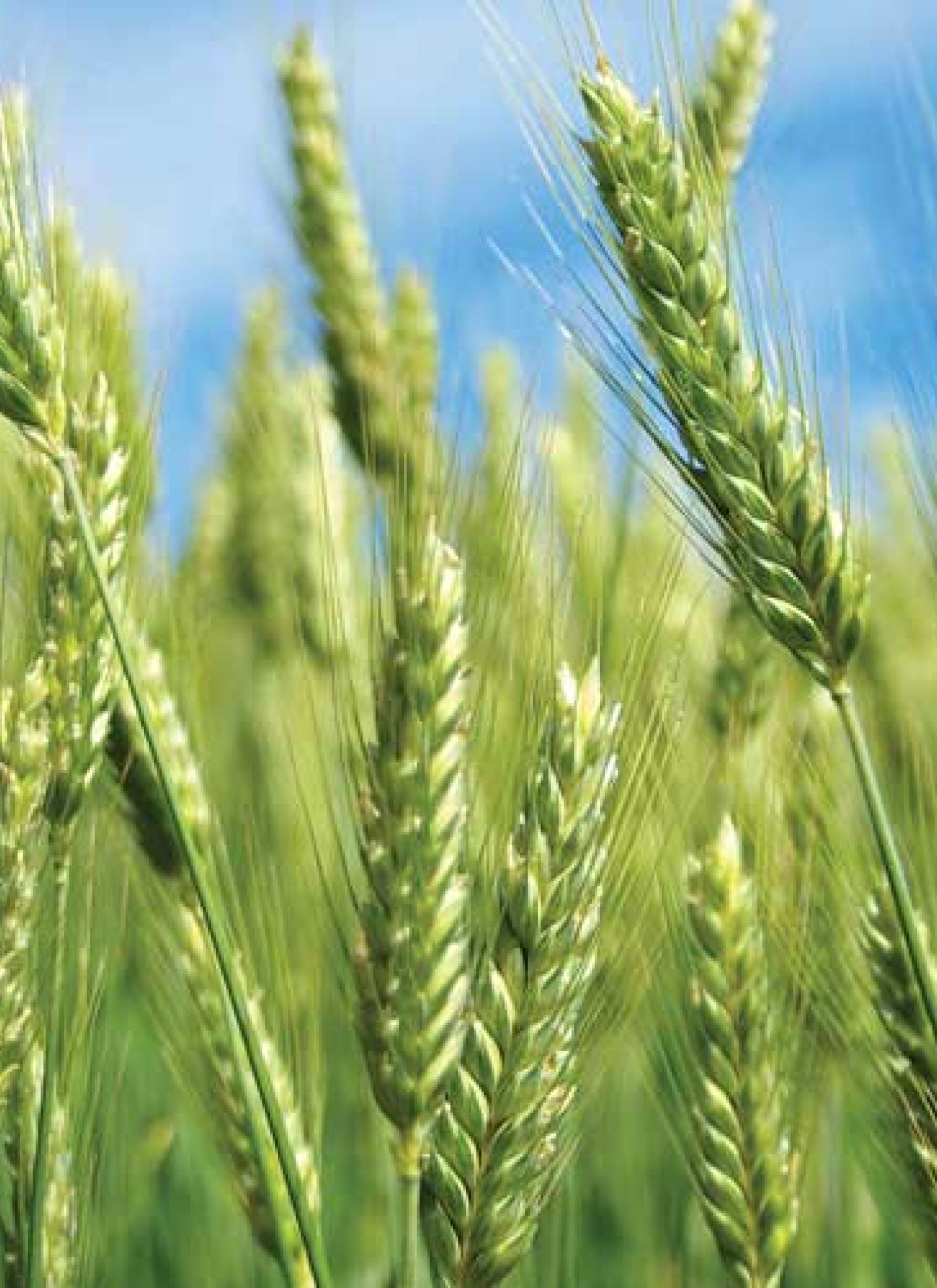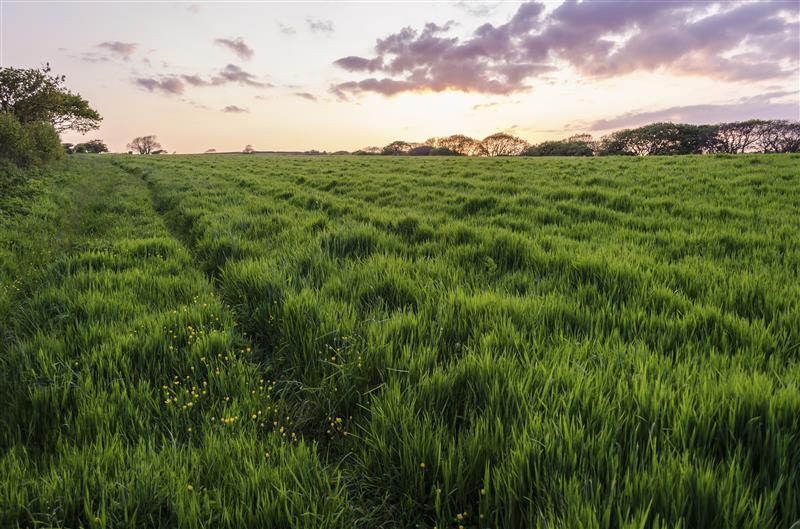Australian growers are no strangers to the challenge of herbicide resistance. With more than 36 weed species now confirmed to be resistant to one or more herbicide modes of action (MOAs), weed management has become one of the biggest ongoing pressures in modern cropping systems.
Among the most problematic is annual ryegrass (Lolium rigidum), notorious for developing resistance across multiple herbicide groups. For decades, Australian growers have relied heavily on a few key MOAs – particularly Groups 1 (ACCase inhibitors such as Pinoxaden, Clethodim and Clodinafop), 2 (ALS inhibitors such as triasulfuron and mesosulfuron) and 9 (EPSP inhibitors such as glyphosate). But over time, this narrow focus has allowed resistance to build, reducing the effectiveness of once-reliable products and threatening future control options.
The good news is that innovation is delivering new tools to help growers stay ahead of resistance. Group 13 herbicides, such as those containing bixlozone, represent one of the most promising developments in recent years. With a unique mode of action, they target weeds differently through their distinct metabolic pathway. These herbicides are light-activated and cause a distinctive bleaching effect, giving growers a visible indicator of performance in the field and providing an alternative mode of action to commonly used herbicide groups.
Overwatch® Herbicide, currently the only registered Group 13 herbicide for broadacre use in Australia, has demonstrated how introducing a new mode of action into the rotation can make a real difference. It’s a reminder that diversity in chemistry isn’t just beneficial – it’s essential for long-term sustainability.
Herbicide resistance isn’t only a chemical issue; it’s an agronomic one. To truly stay ahead, growers need to take a systems-based approach through Integrated Weed Management (IWM). This combines a range of tactics to spread selection pressure and protect the effectiveness of every herbicide used. By rotating herbicides across different MOAs and using non-chemical tactics like crop rotation and harvest weed seed control, growers can reduce selection pressure on weeds. Timing applications strategically and monitoring resistance through regular mapping further helps protect the effectiveness of both existing and new herbicide technologies.
Australia’s widespread adoption of reduced and zero-tillage systems has brought many soil health benefits, but it has also increased reliance on herbicides. This makes the introduction of new chemistry, and the consistent use of IWM principles, more important than ever.
No single product or practice will solve herbicide resistance on its own. But by embracing diversity in chemistry, cropping systems, and weed management, growers can build more resilient farming systems that will stand the test of time.

